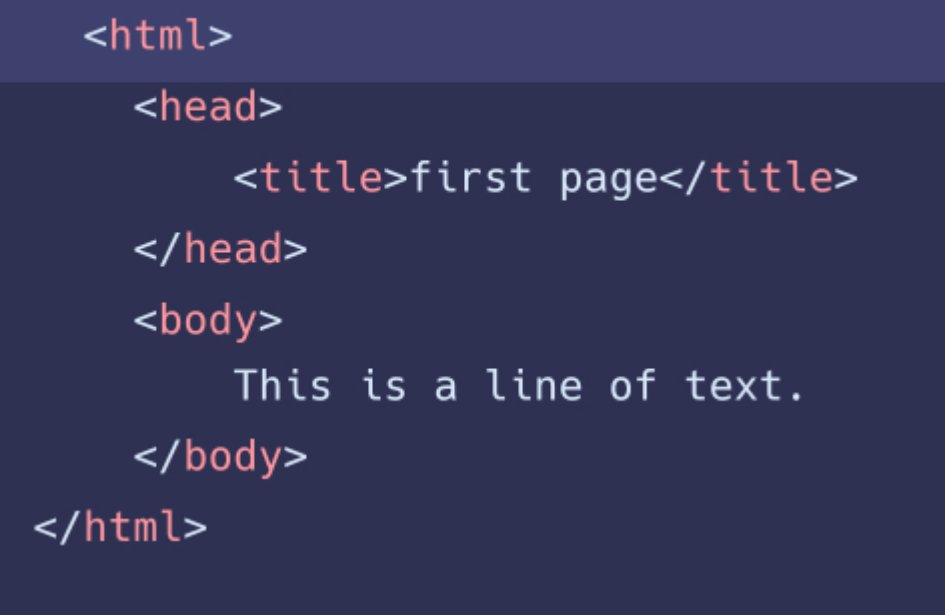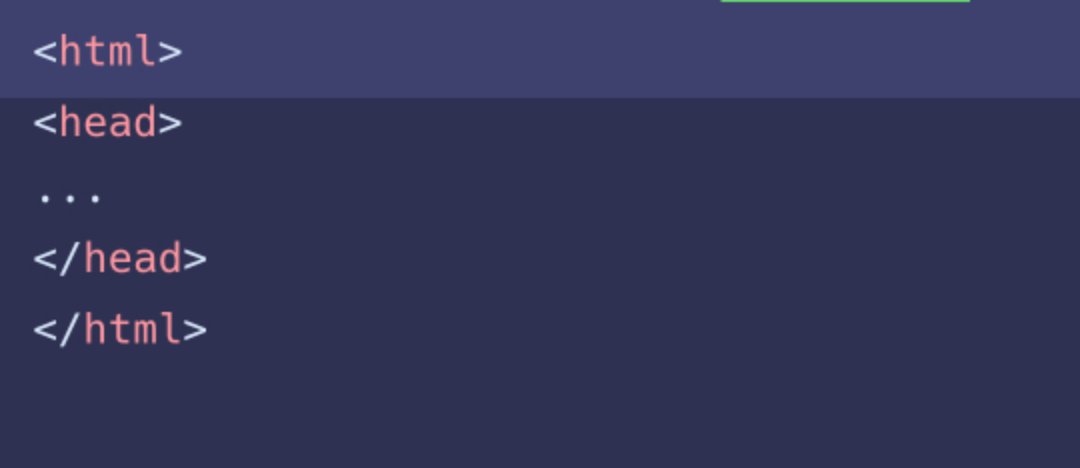Intertwining the elusive harmony between artistic prowess and technical mastery, the world of website optimization stands as a digital canvas, awaiting the stroke of genius that captivates both users and search engines alike. In this digital age where first impressions are crafted within nanoseconds, the game-changing impact of title and header tags in optimizing websites cannot be underestimated. Brace yourself as we embark on a journey to unravel the secrets behind this artful craft, delving into the optimal techniques that unlock greater visibility, higher rankings, and unparalleled user engagement. Prepare to expand your horizons and embrace the art of title and header tag mastery like never before. The stage is set, and the curtains are about to rise – your website’s performance is about to take center stage.
Table of Contents
- Unleashing the Power of Title Tags: Unveiling Essential Techniques for Website Optimization
- Optimizing Header Tags: Key Strategies for Enhancing Website Visibility and User Experience
- Crafting Compelling Titles: Effective Tips to Engage Visitors and Improve Search Rankings
- The Science of Header Tag Hierarchy: Best Practices for Organizing Website Content
- Q&A
- In Summary

Unleashing the Power of Title Tags: Unveiling Essential Techniques for Website Optimization
In the intricate world of website optimization, there is an often overlooked but incredibly powerful tool – title tags. These little snippets of code hold the key to unlocking your website’s potential. By mastering the art of crafting captivating and relevant title tags, you can significantly boost your website’s visibility, attract more organic traffic, and ultimately increase your chances of success in the online realm.
So, what are title tags exactly? Think of them as the headline of your webpage. They serve as a concise and accurate description of the content found on your website. When users conduct a search on a search engine, it is the title tag that appears as the clickable headline in the search results. Therefore, it is crucial to optimize this tag to entice users to click on your website rather than your competitors’. To make the most of your title tags, consider these essential techniques:
– Be Descriptive: Opt for clear and concise titles that accurately reflect the content on your webpage. Avoid vague or generic titles that fail to convey the value your website offers.
– Keyword Optimization: Incorporate relevant keywords in your title tags to ensure search engines understand what your page is all about. However, avoid keyword stuffing, as this can harm your overall SEO efforts.
– Length Matters: Aim for a title tag that falls within the recommended length of 50-60 characters. This ensures your title is not truncated in the search results, leading to a stronger impact on users.
Optimizing Header Tags: Key Strategies for Enhancing Website Visibility and User Experience
Header tags play a crucial role in optimizing your website for both search engines and user experience. By strategically utilizing header tags, you can enhance the visibility of your website and provide a seamless browsing experience for your visitors. Here are some key strategies to help you master the art of optimizing header tags:
1. Choose the right header tag: HTML offers different levels of header tags – from H1 to H6. The H1 tag is typically used for the main title of a page, while the remaining tags are used for subheadings. It’s important to use header tags in a hierarchical order, with only one H1 tag per page and subsequent tags indicating the importance and structure of your content.
2. Incorporate relevant keywords: When crafting your header tags, it’s important to include relevant keywords that align with your content and target audience. This not only helps search engines understand the context of your page but also improves its visibility in search engine results. However, be mindful not to overstuff your header tags with keywords, as this can be seen as spammy and negatively impact your website’s ranking.
3. Keep it concise and descriptive: Header tags should provide a clear and concise summary of the content that follows. By keeping your header tags descriptive and succinct, you make it easier for both users and search engines to understand your content. Aim for headers that are informative, engaging, and intriguing while accurately representing the content within.
4. Optimize for readability: Headers serve as visual cues for users to easily navigate your website. To enhance readability, consider using formatting options such as bold, italics, or font size variations to make your headers stand out. This not only improves the aesthetics of your website but also helps users quickly scan and find the information they seek.
5. Test and analyze your headers: Optimizing header tags is an ongoing process that requires continuous testing and analysis. Monitor the performance of your headers to determine what works best for your website. Experiment with different variations, analyze user engagement, and make data-driven decisions to continuously enhance your website’s visibility and user experience.
By implementing these key strategies, you can unlock the potential of header tags and optimize your website for improved visibility and user experience. Remember, the art of title and header tag mastery is a journey that requires creativity, foresight, and a deep understanding of your target audience. So dive in, experiment, and stay up to date with the latest industry trends to keep your website at the forefront of optimization.
Crafting Compelling Titles: Effective Tips to Engage Visitors and Improve Search Rankings
Crafting captivating titles is a crucial skill for website optimization. By mastering the art of title and header tag techniques, you can engage visitors, entice them to explore your content, and improve your search rankings. Here are some effective tips to help you create compelling titles that will captivate your audience and boost your website’s visibility:
1. Understand your audience: Start by identifying your target audience and understanding their needs, desires, and pain points. Tailor your titles to match their interests and concerns, making them more likely to click through.
2. Be clear and concise: Keep your titles short and to the point. Use clear and straightforward language that clearly communicates what your content is about. Avoid vague or misleading titles that can frustrate visitors and harm your credibility.
3. Use keywords strategically: Research relevant keywords and incorporate them naturally into your titles. This not only helps search engines understand the topic of your content but also increases the likelihood of matching users’ search queries.
4. Spark curiosity: Create intrigue by adding a hint of mystery or promising valuable information. Tap into your creative side and craft titles that leave visitors eager to uncover what’s inside.
5. Make it stand out: In a sea of search results, your title needs to grab attention. Use formatting options like bold or italics to emphasize important words and phrases. Consider using bracketed statements or emojis to make your title visually appealing and unique.
6. Analyze what works: Monitor the performance of your titles by using analytics tools. Track metrics such as click-through rates and time spent on page to determine which titles are most effective. Learn from your successes and failures to continually refine your title crafting skills.
7. Optimize for social sharing: Craft titles that are share-worthy on social media platforms. Create a sense of urgency or offer a unique perspective to entice users to share your content with their networks.
Remember, mastering the art of title and header tag creation takes time and practice. By implementing these techniques, you can effectively engage your visitors, improve your website’s search rankings, and set yourself apart from the competition. Continue refining your skills and experimenting with new approaches to continuously improve your title crafting game.
The Science of Header Tag Hierarchy: Best Practices for Organizing Website Content
Header tags are an essential element of website optimization. They serve as signposts for search engines to understand the structure and hierarchy of your content. By organizing your headers in a logical and strategic manner, you can enhance the user experience and improve your website’s search engine rankings.
To harness the power of header tag hierarchy, start by understanding the different levels of header tags. HTML provides six levels of headers, from H1 to H6, with H1 being the most important and H6 the least. Treat your headers like chapters in a book – use H1 for the main title or heading of your page, and then utilize the remaining header levels to represent subheadings or subtopics. This approach not only helps search engines better understand the context and relevance of your content but also makes it easier for users to navigate your website.
Imagine you are organizing a messy wardrobe. Just as you categorize your clothes into different sections like shirts, pants, and accessories, header tags help organize your website’s content into logical sections. By using header tags effectively, you make it simple for both search engines and users to find the information they are looking for. Additionally, incorporating relevant keywords into your header tags can further optimize your website for search queries. Remember, less is more – aim for concise, descriptive, and keyword-rich headers that provide a clear preview of the content that follows. So, dive into the art of title and header tag mastery, and unlock the potential of optimal website optimization!
Q&A
Q: What is the significance of title tags and header tags in website optimization?
A: Title tags and header tags play a crucial role in website optimization as they provide valuable information to both search engines and users about the content of a webpage. By optimizing these tags, websites can improve their search engine rankings and attract more organic traffic.
Q: How do title tags affect search engine optimization?
A: Title tags are considered one of the most important on-page SEO elements. They provide search engines with a concise overview of the webpage’s content. Optimizing title tags involves incorporating relevant keywords and accurately describing the page’s content to increase visibility in search engine results pages.
Q: Are there any best practices for crafting effective title tags?
A: Absolutely! Crafting effective title tags involves using succinct, descriptive language with relevant keywords placed strategically. Keeping the title tag within the recommended character limit (~50-60 characters) is essential to ensure it displays properly on search engine results pages.
Q: What about header tags? How do they contribute to website optimization?
A: Header tags, such as H1, H2, and H3, help search engines understand the hierarchical structure of the webpage’s content. They provide structure and organization to the page, making it more readable for both search engines and users. Additionally, header tags can indirectly impact SEO as they make it easier for search engines to identify the page’s main theme.
Q: Can you provide some tips for optimizing header tags effectively?
A: Certainly! When optimizing header tags, ensure the H1 tag contains the main keyword or a descriptive phrase related to the page’s content. Use H2 and H3 tags to organize subheadings and relevant categories. Additionally, keep in mind that search engines value consistency and relevance when it comes to header tags, so make sure they reflect the content accurately.
Q: Is it necessary for every page to have unique title and header tags?
A: Yes, it is highly recommended. Each webpage should have unique title and header tags that accurately represent the content. Unique tags help search engines understand the uniqueness and relevance of each page, improving the overall optimization of the website.
Q: How often should title and header tags be updated?
A: While there is no specific timeframe for updating title and header tags, it is good practice to review and update them periodically. As your website evolves, and new content is added, it’s crucial to reflect those changes through optimized tags. Keeping your tags up to date ensures better visibility and relevance in search engine rankings.
Q: Can over-optimized or stuffed title and header tags have negative consequences?
A: Absolutely! Over-optimizing or stuffing title and header tags with excessive keywords can lead to negative consequences. Search engines may penalize websites for such practices, resulting in lower rankings or even potential removal from search results. Always aim for a natural and reader-friendly approach when optimizing title and header tags.
Q: Any final tips for mastering title and header tag optimization?
A: In order to master title and header tag optimization, remember to strike a balance between relevance for search engines and readability for users. Continuously analyze your website’s performance using web analytics tools and adjust your tags accordingly. Stay up to date with SEO best practices and algorithm updates to ensure your optimization techniques remain optimal.
To Wrap It Up
In the realm of website optimization, where every pixel and line of code holds immense power, mastering the art of title and header tags is a skill worthy of every digital virtuoso’s pursuit. Deep within the labyrinthine algorithms of search engines, lies the secret door to unlock higher rankings, increased visibility, and the potential for boundless growth.
Through our journey together, we have uncovered the optimal techniques, carefully honed and refined, that breathe life into these seemingly innocuous strings of characters. From the enchanting allure of an attention-grabbing title tag to the eloquent structure of a meticulously crafted header tag, we have reveled in the creative dance that captivates both search engines and human eyes alike.
Like an orchestra conductor, we have learned to orchestrate a symphony of keywords, seamlessly weaving them into the fabric of our titles and headers. We understand now that precision and finesse are not mere suggestions, but rather the fundamental building blocks for a harmonious melody that resonates with our intended audience.
Yet, let us not be swept away by the allure of optimization techniques alone. The heart of this craft lies not only in mastering the technical aspects but also in infusing our creations with a touch of artistry and soul. It is the delicate balance between algorithmic compliance and authentic storytelling that can truly elevate our website’s performance.
So, as we wrap up this enlightening expedition into the realm of title and header tag mastery, let us not forget the power we hold in our hands. With the guidance of these optimal techniques, we can breathe life into our websites, guiding users through a captivating digital experience.
Now armed with the knowledge of optimal website optimization techniques, may you embark upon your own creative odyssey. With every stroke of your keyboard, may your titles and headers sing with resonating brilliance, captivating the hearts and minds of both search engines and your cherished audience.

